- Unveiling the Rich Diversity of Legumes
- 1. Edible Legumes
- 2. Fruiting Legumes
- 3. Ornamental Legumes
- 4. Nitrogen Fixing Legumes
- 5. Medicinal Legumes
- Conclusion
- Fascinating Fruiting Legumes for Culinary Delights
- Exploring the Aesthetic Appeal of Ornamental Legumes
- Vibrant Flowers
- Foliage Variety
- Attracting Wildlife
- Benefits of Incorporating Legumes in a Plant-Based Diet
- 1. High in Protein
- 2. Rich in Fiber
- 3. Packed with Nutrients
- 4. Sustainable Food Choice
- 5. Versatile and Delicious
- Legumes: Nature’s Nitrogen Fixers
- Nitrogen Fixation and Legumes
- Benefits of Nitrogen Fixation
- Common Nitrogen-Fixing Legumes
- Incorporating Nitrogen-Fixing Legumes into Your Garden
- Legumes: Sustainable Farming for a Greener Future
- Growing Legumes: Tips and Tricks for a Successful Harvest
- Choose the Right Variety
- Prepare the Soil
- Planting and Spacing
- Watering and Care
- Harvesting
- “Question-Answer”
- Are legumes only used for food?
- What are some examples of ornamental legumes?
- Can I grow legumes in pots?
- What are the benefits of growing legumes as cover crops?
- Are legumes easy to grow?
- Can legumes be grown indoors?
- What are some health benefits of consuming legumes?
- “Video” The Ornamental Obsession | MLNA Presentation by MrMaple.com | Ornamental Plants, Maples & Trees
Legumes are a diverse group of plants that are commonly cultivated for both their edible fruits and their ornamental features. These plants belong to the Fabaceae family, which is one of the largest plant families and includes well-known species such as beans, peas, lentils, and clover. Legumes have been cultivated for thousands of years and are valued for their high protein content, as well as their ability to fix nitrogen in the soil, making them an important component of sustainable agriculture.
Legumes come in a wide range of shapes, sizes, and colors, and can be grown in various climates and soil conditions. Many legume species produce delicious fruits that are consumed around the world, such as fresh peas, green beans, and lentils. These fruits are not only tasty, but also rich in essential nutrients like fiber, vitamins, and minerals, making them a healthy addition to any diet.
In addition to their culinary uses, legumes are also highly valued for their ornamental qualities. Some legume species, such as wisteria and laburnum, produce beautiful flowers that are commonly used in gardens and landscaping to add color and interest. These plants are often trellised or trained to grow in specific shapes or patterns, creating stunning displays of cascading blooms.
Other legume species, like the mimosa tree and the jacaranda tree, are prized for their striking foliage and can be used to create focal points in the garden or provide shade in hot climates. The unique shapes, colors, and textures of legume leaves can add depth and variety to any landscape, and many of these plants also attract beneficial wildlife, such as bees and butterflies, with their nectar-rich flowers.
Unveiling the Rich Diversity of Legumes
Legumes are a diverse family of plants with a wide range of species and varieties. They are known for their ability to fix nitrogen in the soil, making them important contributors to sustainable agriculture. But their benefits go far beyond their agricultural uses. Let’s explore the rich diversity of legumes and discover their many fascinating features.
1. Edible Legumes
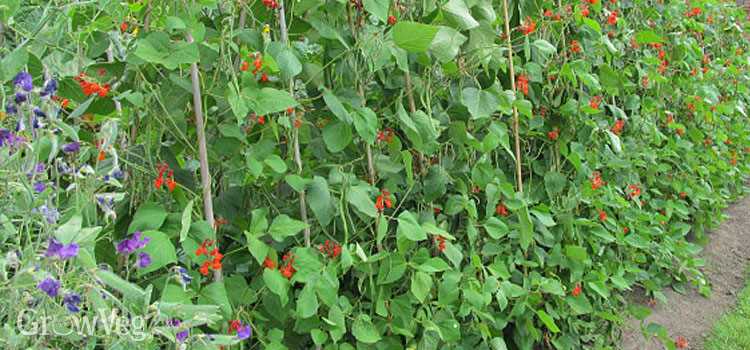
One of the most well-known uses of legumes is as a food source. Legumes like beans, lentils, and chickpeas are highly nutritious and are rich in proteins, fiber, vitamins, and minerals. They are a staple in many cuisines around the world and can be cooked in various ways to create delicious and healthy dishes.
2. Fruiting Legumes
Legumes are not only valued for their seeds but also for their fruits. Plants like peas and green beans produce pods that contain edible seeds. These fruits are not only tasty but also provide important nutrients, making them a popular addition to salads, stir-fries, and other dishes.
3. Ornamental Legumes
Not all legumes are grown for their food value. Some legumes are cultivated for their ornamental features, such as beautiful flowers or interesting foliage. Plants like wisteria, sweet peas, and lupins are admired for their vibrant colors and graceful appearances, making them popular choices for gardeners and landscapers.
4. Nitrogen Fixing Legumes
One of the most valuable characteristics of legumes is their ability to form a symbiotic relationship with nitrogen-fixing bacteria. These bacteria reside in the root nodules of legumes and convert atmospheric nitrogen into a form that plants can use. This process not only benefits the legume plants themselves but also enriches the soil with nitrogen, improving its fertility for other crops.
5. Medicinal Legumes
Several legumes have medicinal properties and are used in traditional medicine. For example, fenugreek is known for its anti-inflammatory and blood sugar-regulating effects, while soybeans are often used for their cholesterol-lowering properties. These legumes contain bioactive compounds that have been studied for their potential health benefits.
Conclusion
The rich diversity of legumes is truly remarkable. From their nutritious seeds and fruits to their ornamental and medicinal uses, legumes offer a wide array of benefits. Whether you enjoy them on your plate, in your garden, or as a natural fertilizer, legumes play a vital role in both agriculture and everyday life.
Fascinating Fruiting Legumes for Culinary Delights
- Chickpeas: Also known as garbanzo beans, chickpeas are a versatile legume that can be used in a variety of dishes. They can be cooked and added to salads, soups, and stews, or ground into flour to make delicious falafels or hummus.
- Lentils: Lentils come in various colors such as green, red, and yellow, and each color has a slightly different taste and texture. They cook quickly and can be used as a hearty base for soups, stews, and curries, or added to salads for extra protein and fiber.
- Black Beans: Black beans have a rich, earthy flavor and a creamy texture. They are a staple ingredient in Latin American cuisine and are often used in dishes such as black bean soup, tacos, and enchiladas. They can also be mashed and formed into burgers or used as a filling for vegetarian burritos.
These are just a few examples of the many different types of fruiting legumes that can be used to create culinary delights. The wide variety of flavors and textures makes legumes a popular choice for vegetarian and vegan dishes, as well as for those looking to incorporate more plant-based proteins into their diet.
Exploring the Aesthetic Appeal of Ornamental Legumes
Ornamental legumes are not only valued for their environmental benefits and edible fruits, but also for their stunning visual appeal. These plants offer a wide range of attractive features that make them popular choices for gardens and landscapes. From vibrant flowers to unique foliage, ornamental legumes can add beauty and texture to any outdoor space.
Vibrant Flowers
One of the key attractions of ornamental legumes is their vibrant and eye-catching flowers. Many legume species produce clusters of colorful blooms that can range from soft pastels to bright and bold hues. Some popular legume varieties with beautiful flowers include:
- Sweet peas (Lathyrus odoratus): These legumes produce fragrant flowers in a wide variety of colors, including pink, purple, red, and white.
- Coral vine (Antigonon leptopus): Known for its cascades of bright pink or coral-colored flowers, this legume is a popular choice for adding vertical interest to gardens.
- Wisteria (Wisteria spp.): These climbing legumes are prized for their long, pendulous clusters of pale purple, pink, or white flowers.
Foliage Variety
Ornamental legumes also offer a wide range of unique foliage, making them visually appealing even when not in bloom. Some legume species have fern-like leaves, while others have bold, colorful foliage. Examples include:
- Copperleaf (Acalypha wilkesiana): This legume features striking, variegated foliage in shades of green, red, and copper, making it a great choice for adding a pop of color to gardens.
- Cassia (Senna spp.): These legumes have delicate, pinnate leaves that add an elegant touch to any landscape.
- Mimosa (Mimosa spp.): Known for its feathery, fern-like foliage, this legume adds a soft and delicate element to garden beds.
Attracting Wildlife
Another appealing aspect of ornamental legumes is their ability to attract wildlife. Many legume species produce nectar-rich flowers that are highly attractive to pollinators like bees and butterflies. Additionally, legumes such as lupines (Lupinus spp.) and milkweed (Asclepias spp.) serve as host plants for various butterfly species, making them valuable additions to butterfly gardens.
| Common Name | Scientific Name |
|---|---|
| Lupine | Lupinus spp. |
| Milkweed | Asclepias spp. |
By incorporating ornamental legumes into your outdoor space, you can not only enjoy their visual allure but also contribute to the conservation of native pollinators and butterflies.
In conclusion, ornamental legumes offer much more than just their environmental benefits. Their vibrant flowers, unique foliage, and ability to attract wildlife make them a valuable addition to any garden or landscape. Whether you’re looking to add a burst of color, texture, or ecological interest to your outdoor space, ornamental legumes are sure to captivate your senses.
Benefits of Incorporating Legumes in a Plant-Based Diet
Legumes, such as beans, lentils, and chickpeas, are a great addition to a plant-based diet. They offer a variety of health benefits, making them an excellent choice for individuals looking to adopt a more sustainable and nutritious eating plan. Here are some of the benefits of incorporating legumes in your diet:
1. High in Protein
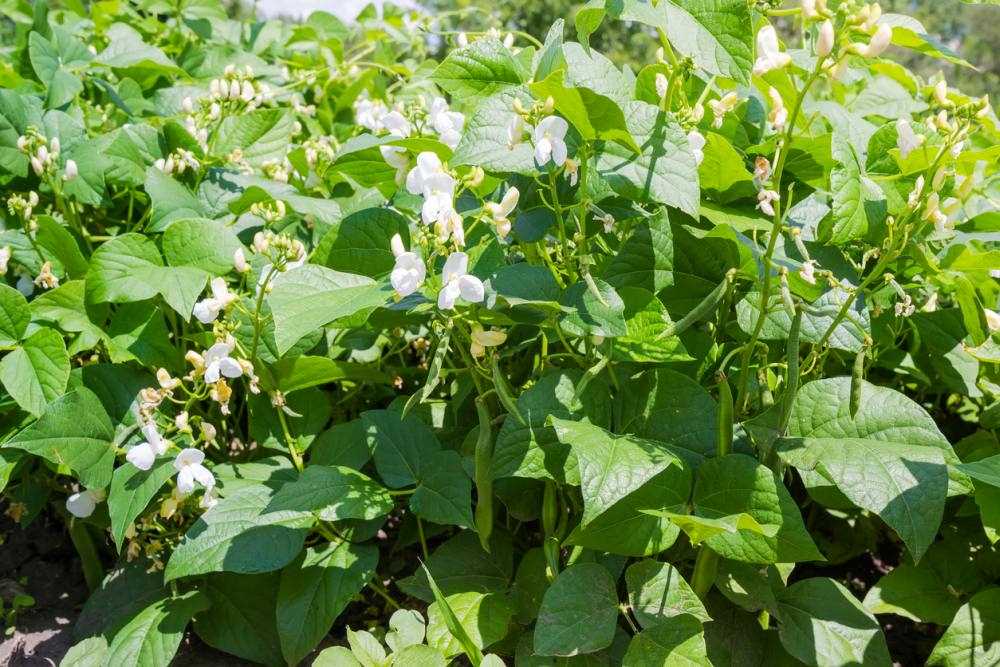
Legumes are an excellent source of plant-based protein. They contain a significant amount of amino acids, the building blocks of protein, which are essential for the growth, repair, and maintenance of cells in our bodies. Including legumes in your diet can help ensure that you are getting an adequate amount of protein, especially if you are following a vegetarian or vegan lifestyle.
2. Rich in Fiber
Legumes are high in dietary fiber, which is important for maintaining a healthy digestive system. Fiber helps regulate bowel movements, prevents constipation, and provides a feeling of fullness, which can aid in weight management. Additionally, the fiber found in legumes can help lower cholesterol levels and regulate blood sugar levels.
3. Packed with Nutrients
Legumes are nutrient-dense foods that provide a wide range of vitamins and minerals, including folate, magnesium, potassium, and iron. These nutrients are crucial for maintaining optimal health and supporting various bodily functions. Incorporating legumes into your diet can help prevent nutrient deficiencies and promote overall well-being.
4. Sustainable Food Choice
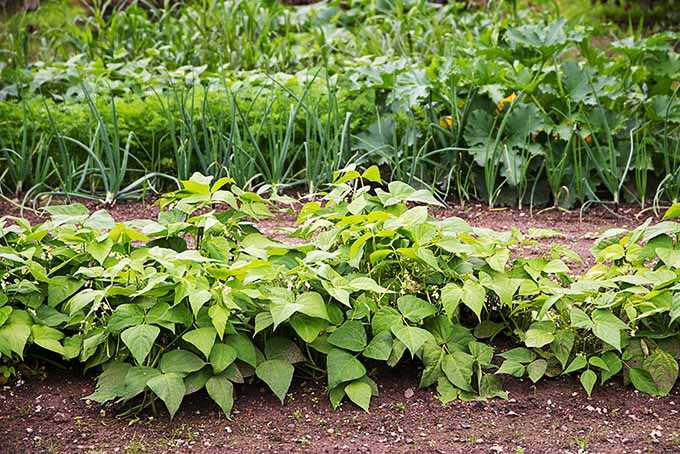
Legumes are considered one of the most sustainable food choices. They require fewer resources, such as water and land, compared to animal-based protein sources. Legumes also have a lower carbon footprint, making them an environmentally friendly option. By including legumes in your diet, you can contribute to reducing greenhouse gas emissions and conserving natural resources.
5. Versatile and Delicious
One of the great things about legumes is their versatility. They can be used in a wide variety of dishes, including soups, stews, salads, and dips. Legumes also come in different forms, such as canned, dried, or frozen, making them easily accessible and convenient to incorporate into your meals. With their rich flavor and texture, legumes can add a delicious and satisfying element to any plant-based dish.
Overall, incorporating legumes into a plant-based diet can offer numerous health benefits, support sustainable food choices, and add versatility to your meals. So why not include more legumes in your diet and reap the rewards?
Legumes: Nature’s Nitrogen Fixers
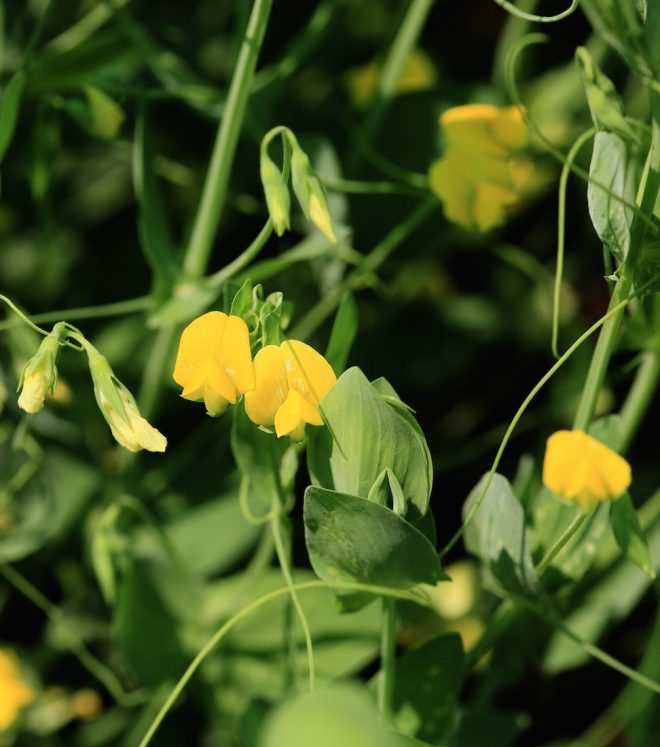
Legumes are a diverse group of plants that belong to the Fabaceae family. They are known for their unique ability to fix atmospheric nitrogen through a mutualistic symbiotic relationship with nitrogen-fixing bacteria called rhizobia. This process, known as nitrogen fixation, is essential for the health and fertility of agricultural and natural ecosystems.
Nitrogen Fixation and Legumes
Nitrogen is an essential nutrient for plant growth, and it is often the limiting factor in agricultural production. While atmospheric nitrogen makes up about 78% of the air, plants cannot utilize it in this form. Legumes, however, have root nodules that house rhizobia bacteria. These bacteria have the unique ability to convert atmospheric nitrogen into a form that can be used by legumes and other plants.
During the nitrogen fixation process, rhizobia invade the root cells of legumes and form nodules. Inside these nodules, the rhizobia convert atmospheric nitrogen into ammonia through the enzyme nitrogenase. The ammonia is then assimilated into amino acids, proteins, and other nitrogen-containing compounds, which are used by the plant for growth and development.
Benefits of Nitrogen Fixation
Nitrogen fixation by legumes has numerous benefits for both agricultural and natural ecosystems:
- Increased Nitrogen Availability: Legumes can provide a significant amount of nitrogen to the soil, which can be utilized by other plants in the ecosystem.
- Reduced Fertilizer Use: By fixing atmospheric nitrogen, legumes reduce the need for synthetic nitrogen fertilizers, thereby reducing costs and minimizing environmental impacts.
- Improved Soil Health: Legumes play a crucial role in improving soil fertility and structure. The nitrogen they provide enhances plant growth, while their deep-rooted systems improve soil aeration, water infiltration, and nutrient cycling.
- Biodiversity Support: Legumes support biodiversity by providing a habitat for nitrogen-fixing bacteria and attracting beneficial insects and pollinators.
Common Nitrogen-Fixing Legumes
Some well-known legumes that are excellent nitrogen fixers include:
| Plant | Scientific Name |
|---|---|
| Common Bean | Phaseolus vulgaris |
| Pea | Pisum sativum |
| Clover | Trifolium spp. |
| Soybean | Glycine max |
These legumes are not only valuable for their nitrogen-fixing abilities but also for their nutritional value and diverse uses in cooking.
Incorporating Nitrogen-Fixing Legumes into Your Garden
If you want to harness the benefits of nitrogen fixation in your garden, consider growing nitrogen-fixing legumes. Interplanting legumes with other crops can help provide a natural source of nitrogen while promoting overall soil health. Additionally, the foliage and roots of legumes can be used as green manure, enriching the soil when left to decompose.
Whether you are a farmer, gardener, or simply interested in sustainable agriculture, understanding the importance of legumes as nature’s nitrogen fixers is vital. By harnessing their unique ability to fix atmospheric nitrogen, we can reduce our reliance on synthetic fertilizers, improve soil health, and create more sustainable and resilient ecosystems.
Legumes: Sustainable Farming for a Greener Future
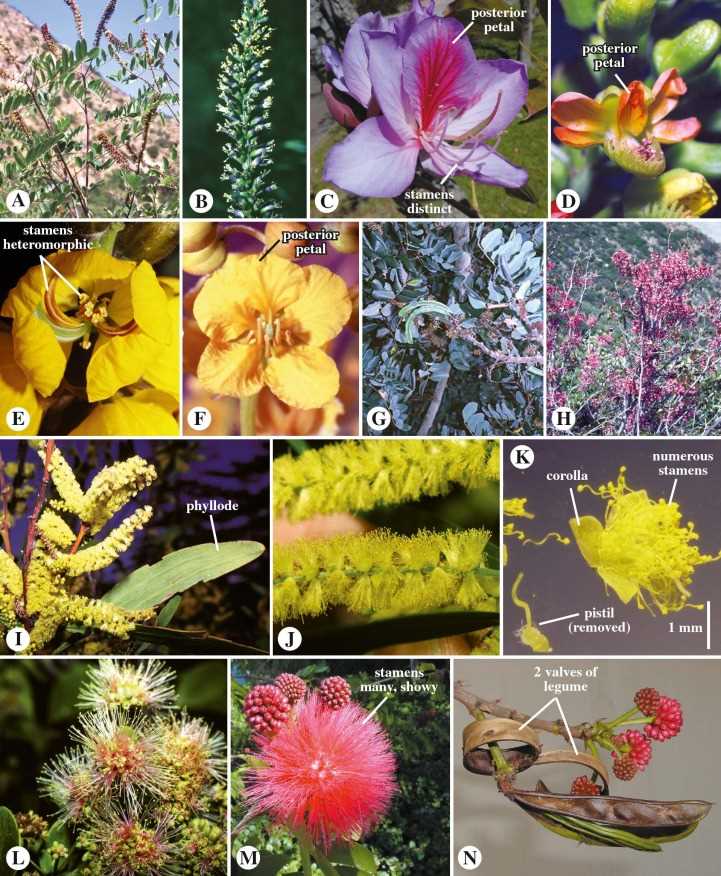
Legumes are plants that belong to the family Fabaceae and are known for their ability to fix nitrogen in the soil. They have long been valued in farming systems for their numerous benefits and sustainability. Here are some reasons why legumes are an essential crop for a greener future:
- Nitrogen Fixation: Legumes have a unique ability to form a symbiotic relationship with bacteria in their roots, called rhizobia. These bacteria convert atmospheric nitrogen into a form that can be used by plants, enriching the soil with nitrogen. This reduces the need for artificial fertilizers, making legumes an eco-friendly choice.
- Soil Health: Legumes help improve soil health by increasing organic matter content and enhancing soil structure. Their deep roots improve soil aeration and water infiltration, reducing erosion and nutrient runoff. Legumes also release organic compounds that stimulate beneficial microorganisms in the soil.
- Biodiversity: Legumes are a diverse group of plants, with thousands of species available worldwide. This diversity contributes to maintaining biodiversity in ecosystems. Different legume species have different environmental requirements, allowing them to thrive in a wide range of climates and soil types.
- Food Security: Legumes are an excellent source of plant-based protein and essential nutrients. They play a crucial role in global food security, especially in developing countries where animal protein may be scarce. Legumes also have the potential to address malnutrition, providing a sustainable solution for feeding the growing global population.
- Climate Change Mitigation: Legumes have the ability to sequester carbon from the atmosphere and store it in the soil. This helps mitigate climate change by reducing greenhouse gas emissions. Additionally, legume crops can contribute to crop rotation practices, reducing reliance on monoculture and promoting a more resilient and sustainable farming system.
In conclusion, legumes offer numerous benefits for sustainable farming and are an essential crop for a greener future. Their ability to fix nitrogen, improve soil health, contribute to biodiversity, enhance food security, and mitigate climate change make them a valuable asset in sustainable agricultural systems.
Growing Legumes: Tips and Tricks for a Successful Harvest
Legumes are versatile and highly nutritious plants that can be grown in many different climates and conditions. Whether you are interested in growing legumes for their delicious fruits or as ornamental plants, here are some tips and tricks to help ensure a successful harvest.
Choose the Right Variety
There are many different varieties of legumes available, so it’s important to choose the right one for your specific needs. Some legumes, like peas and green beans, are best grown as annuals and can be harvested within a few months. Others, like soybeans and lentils, are more suited for warm climates and take longer to mature. Consider the climate and growing conditions in your area before selecting a variety.
Prepare the Soil
Legumes thrive in well-drained soil that is rich in organic matter. Before planting, prepare the soil by removing any weeds or grass and loosening it with a garden fork or tiller. Work in compost or well-rotted manure to improve the fertility of the soil. Legumes also benefit from the addition of phosphorus and potassium-rich fertilizers, so consider adding these nutrients if your soil is lacking.
Planting and Spacing
Legume seeds should be planted at a depth of about 1-2 inches, depending on the size of the seed. Space the seeds according to the variety’s recommendations, typically about 2-4 inches apart in rows that are 12-24 inches apart. If you are growing climbing legumes, like pole beans, provide them with a trellis or other support to help them grow upright.
Watering and Care
Legumes prefer consistent moisture, so water regularly, especially during dry periods. Avoid overwatering, as this can lead to root rot. Mulching around the plants can help retain moisture and suppress weeds. Legumes are nitrogen-fixing plants, meaning they have the ability to convert atmospheric nitrogen into a form that can be used by plants. This makes them fairly low-maintenance when it comes to fertilizing, but they can benefit from a light application of nitrogen-rich fertilizer if growth seems slow.
Harvesting
Most legumes are ready to harvest when the pods are fully developed and have reached their mature color. This is typically indicated by a change in color from green to yellow or brown, depending on the variety. Harvest the pods by gently pulling them off the plant. It’s best to harvest legumes in the morning when the pods are still cool and the sugar content is highest. For shelling varieties, remove the seeds from the pod before eating or storing.
By following these tips and tricks, you can enjoy a bountiful harvest of legumes that can be enjoyed fresh, preserved, or used as ornamental plants in your garden.
“Question-Answer”
Are legumes only used for food?
No, legumes have a wide range of uses beyond just being a food source. They can also be grown for ornamental purposes and can be used as cover crops to improve soil health.
What are some examples of ornamental legumes?
There are several ornamental legumes that are popular among gardeners. Some examples include scarlet runner beans, sweet peas, and butterfly peas.
Can I grow legumes in pots?
Yes, many legumes can be grown in pots. However, it’s important to choose varieties that are suitable for container gardening and provide them with the necessary support, such as trellises, if needed.
What are the benefits of growing legumes as cover crops?
Growing legumes as cover crops can help improve soil health by fixing nitrogen from the air into the soil, which can be used by other plants. They also help prevent erosion and suppress weed growth.
Are legumes easy to grow?
Yes, legumes are generally considered to be easy to grow. They have relatively low maintenance requirements and can adapt to a variety of growing conditions. However, it’s important to provide them with adequate sunlight, water, and proper soil fertility.
Can legumes be grown indoors?
Yes, some legumes can be grown indoors. However, it’s important to choose varieties that are suitable for indoor gardening and provide them with the necessary light and support.
What are some health benefits of consuming legumes?
Legumes are rich in protein, fiber, and various vitamins and minerals. They have been linked to numerous health benefits, including improved heart health, better blood sugar control, and weight management.







